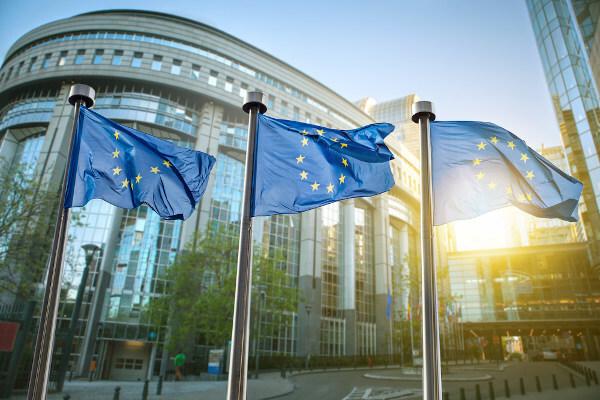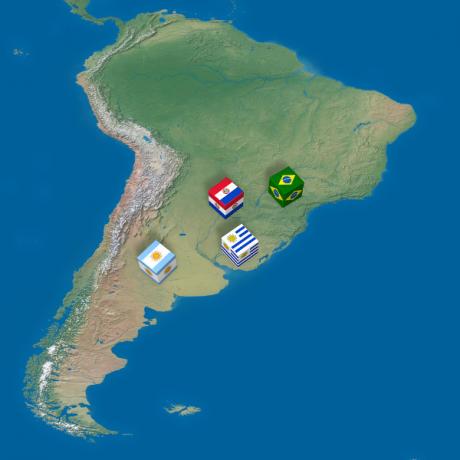You economic blocks they are groups of countries that come together to form trade agreements among themselves, called “bilateral agreements” (between two countries) or “multilateral agreements (between several countries”. In these terms, countries that are members of the same bloc adopt measures such as tax reduction of products that one exports to the other, which contributes to increasing trade relations between they.
There is currently a tendency to form economic blocks in all parts of the world, which can be considered a result of globalization and advances in the means of transport and communication. After all, how could different countries increase their trade relations if there were no possible and quick ways to move their products?
However, not everything is flowers in this story. When a country becomes part of a certain bloc, it needs to consider the risks that its country's producers run. For example: when Brazil formalized Mercosur (Common Market of the South), it lowered taxes on wheat imported from Argentina, which became cheaper than before. With
As a result, national farmers who also cultivated wheat were unable to compete against a product that, in the end, was cheaper.Despite these details, the formation of economic blocs is considered quite advantageous practically everywhere in the world. So much so that there are currently numerous different blocks, some involving trade and others even the free movement of people between different countries.
For this reason, we can classify economic blocks into four different types, according to the level of integration among their members.
a) Free Trade Zone:aims to reduce and eliminate tariffs on products traded between member countries. Example: NAFTA (North American Free Trade Agreement).
b) Customs Union:in addition to reducing tariffs on products, member countries establish a common tax on products imported from countries that are not part of the bloc, so that their products are more expensive. Example: Mercosur.
c) Common Market: the free circulation of goods, goods and services between member countries is practised, that is, people and products do not need special permits and not pay anything to cross borders between two or more countries that are part of the same block. Example: European Union.
d) Economic and monetary union:it is when the countries of the same bloc adopt a common currency, administered by a single Central Bank and used by the population as a whole. Example: European Union, where most member countries use the euro as currency.
By Rodolfo Alves Pena
Graduated in Geography


